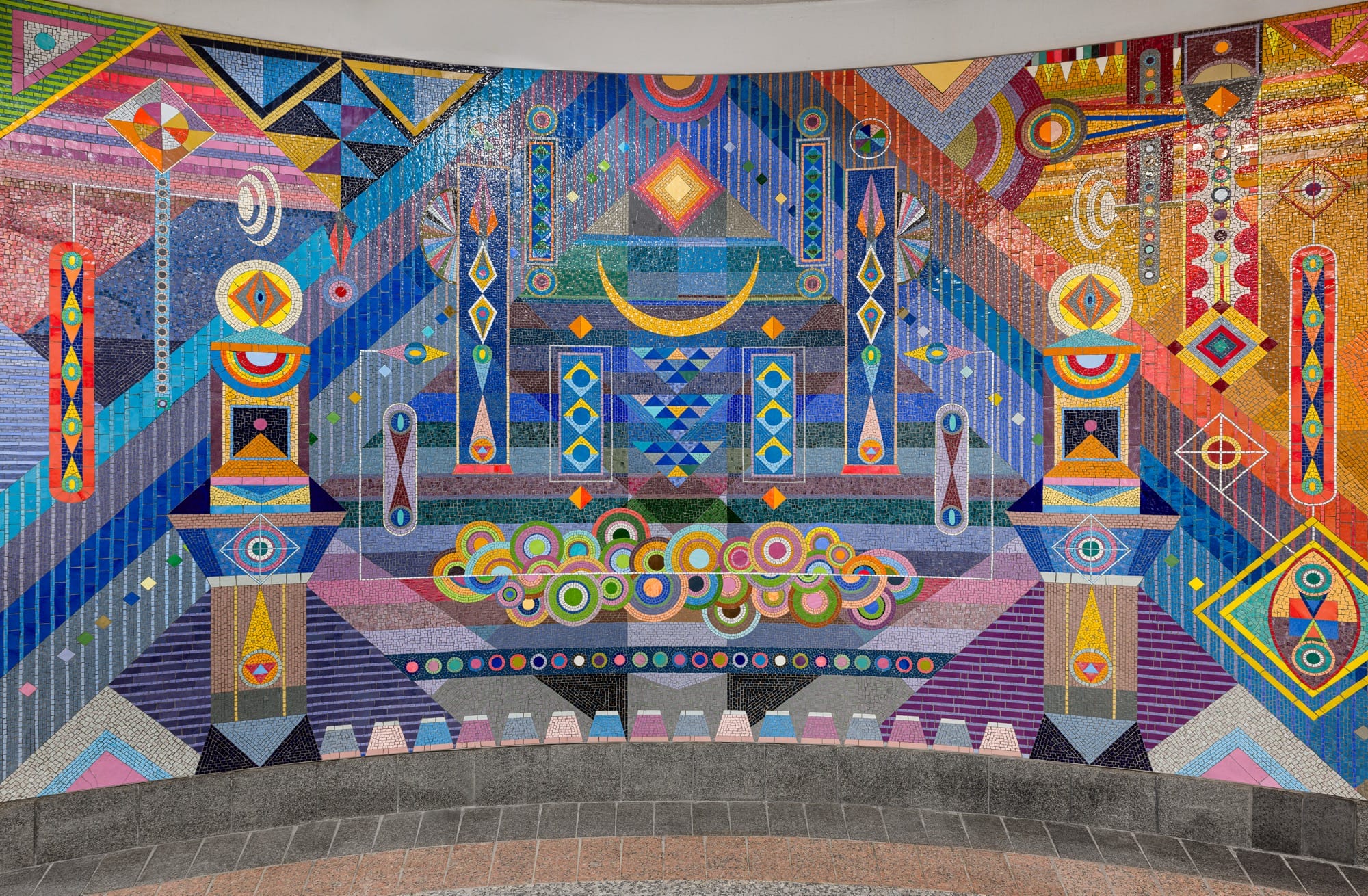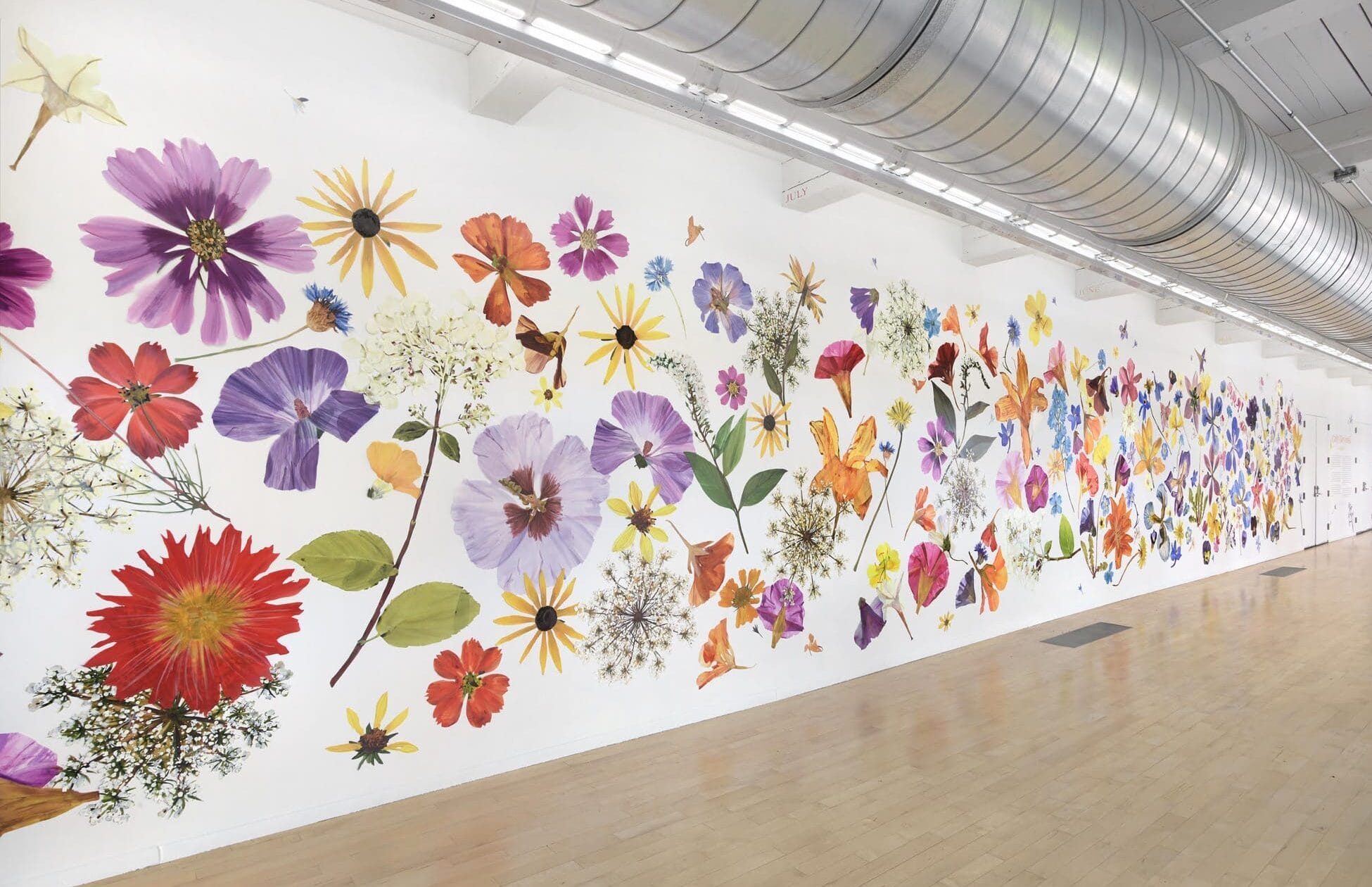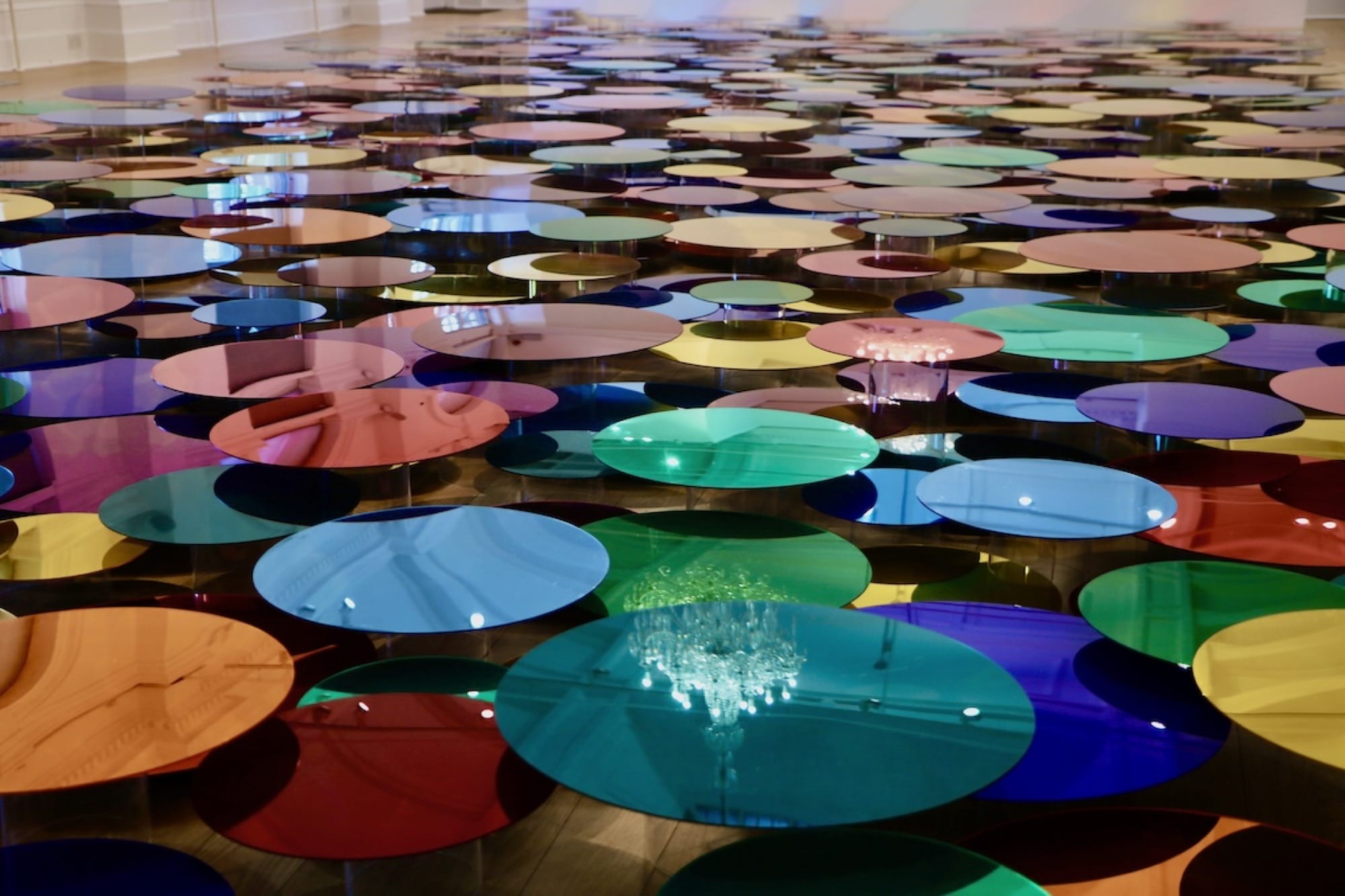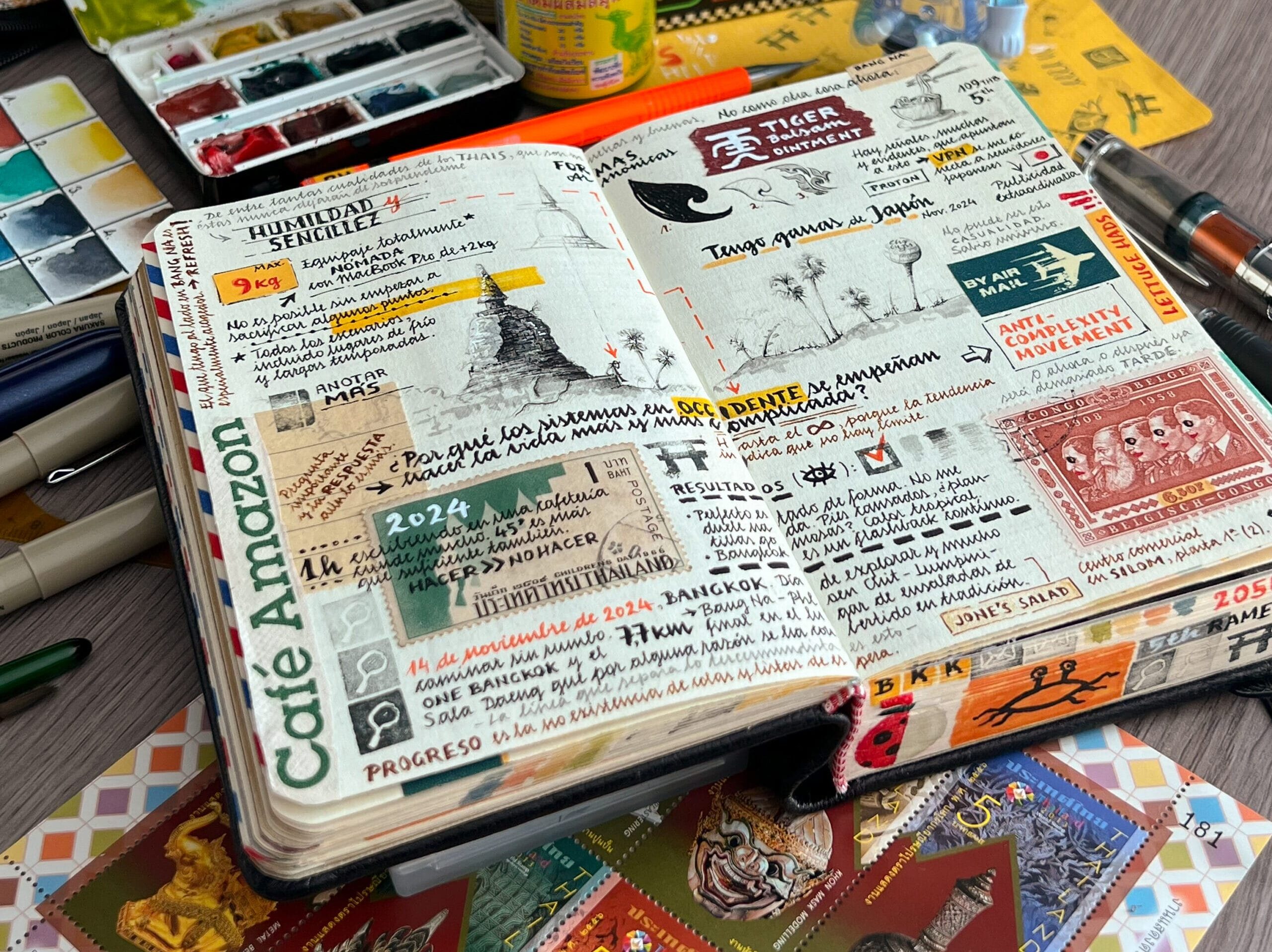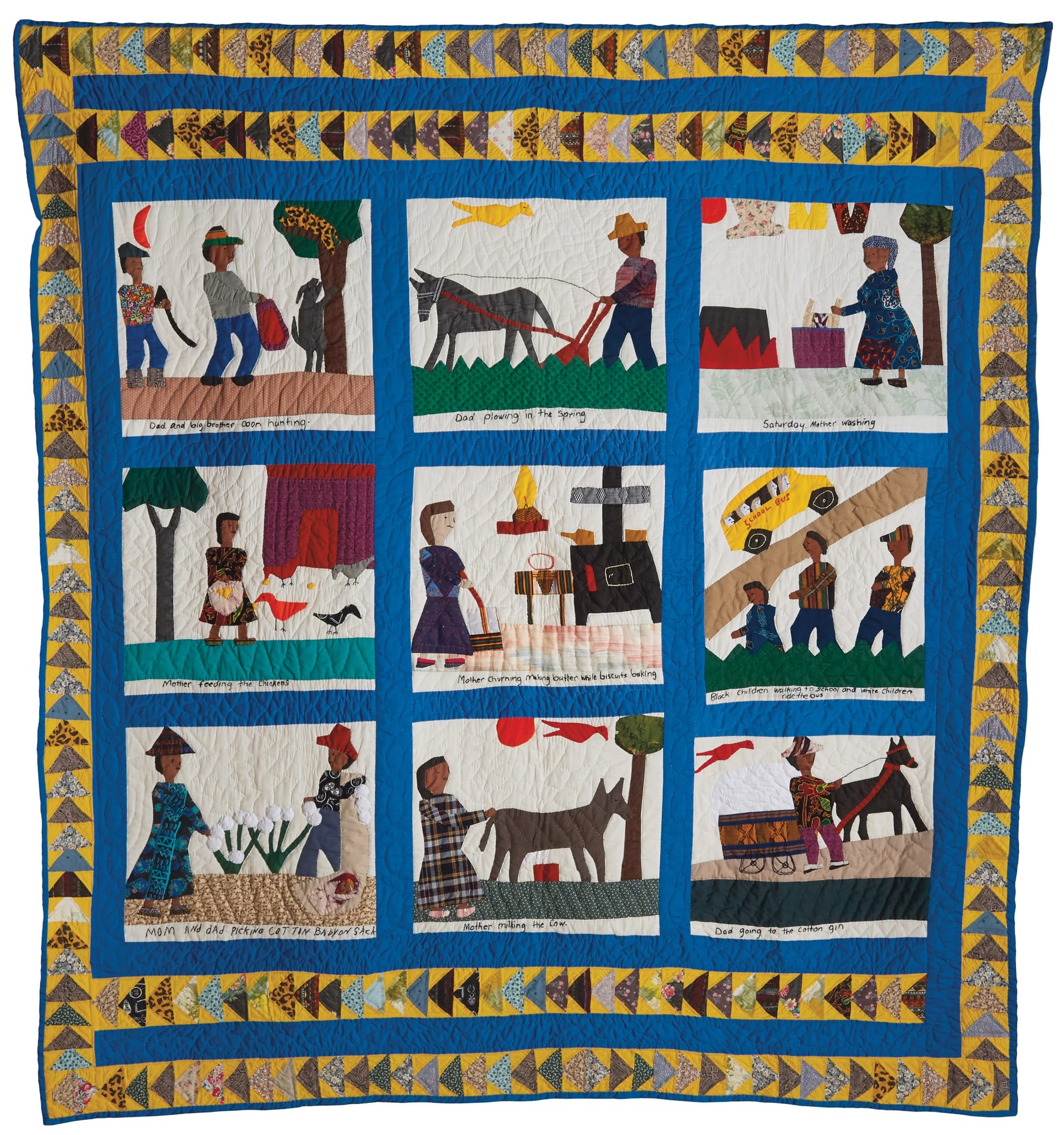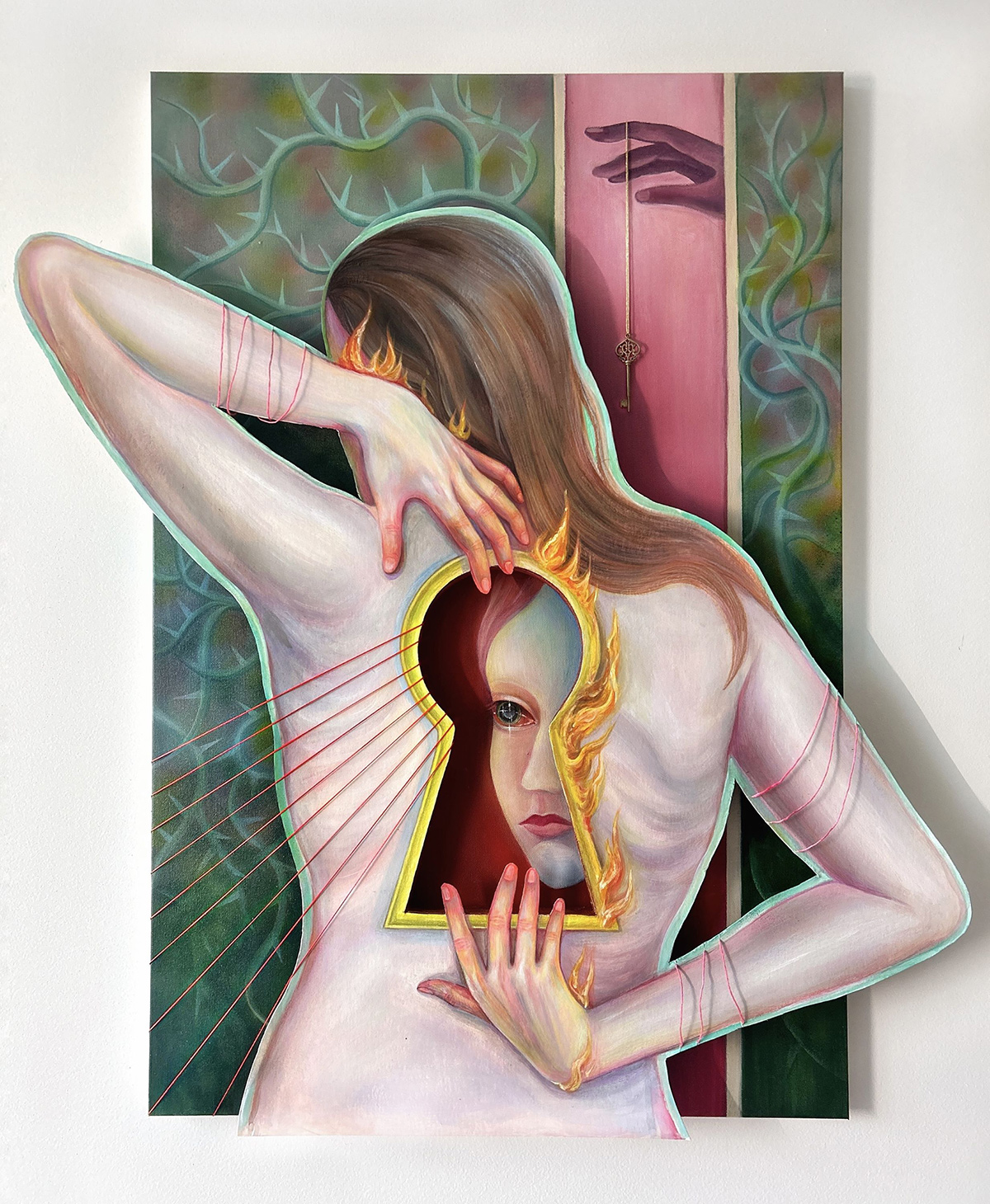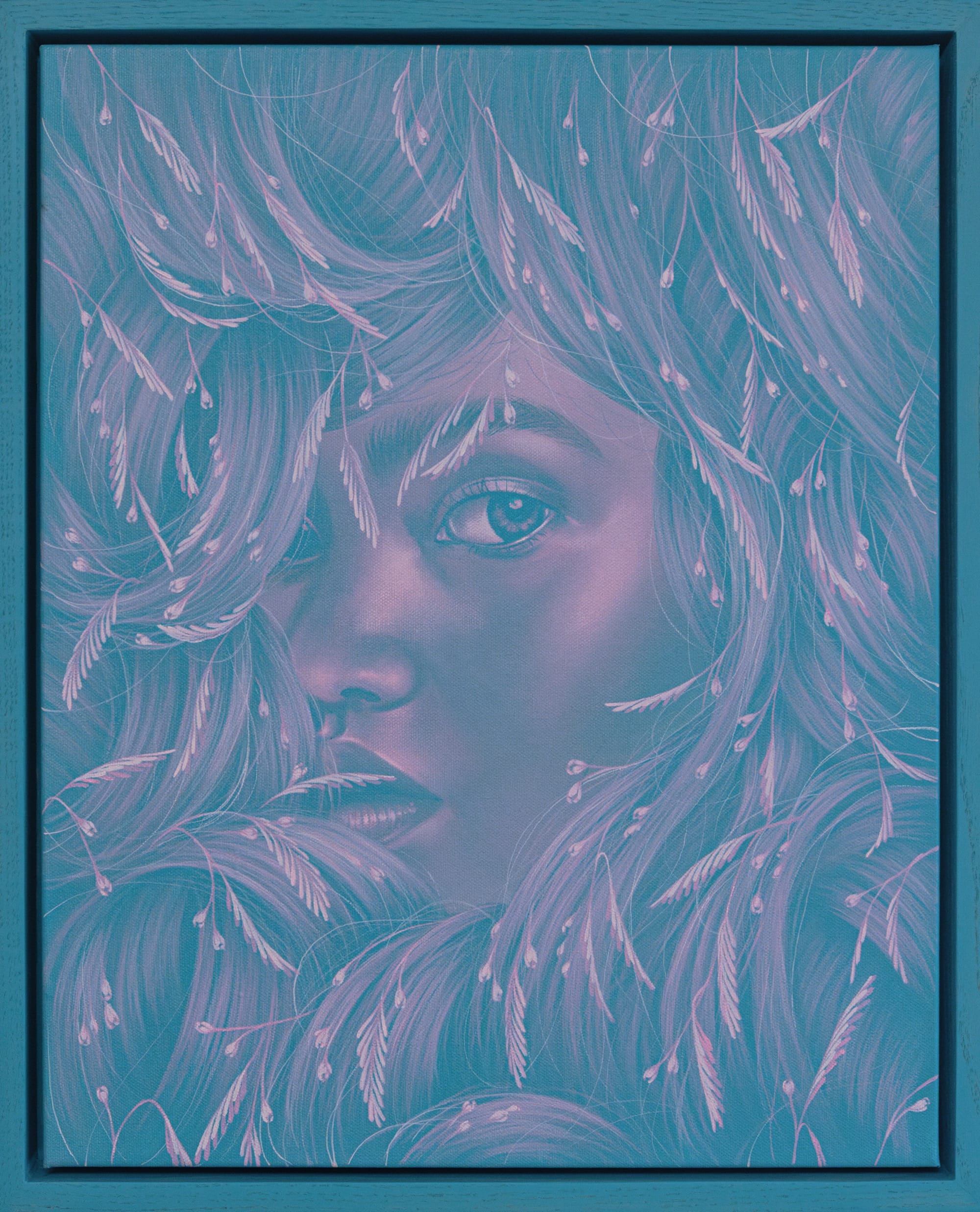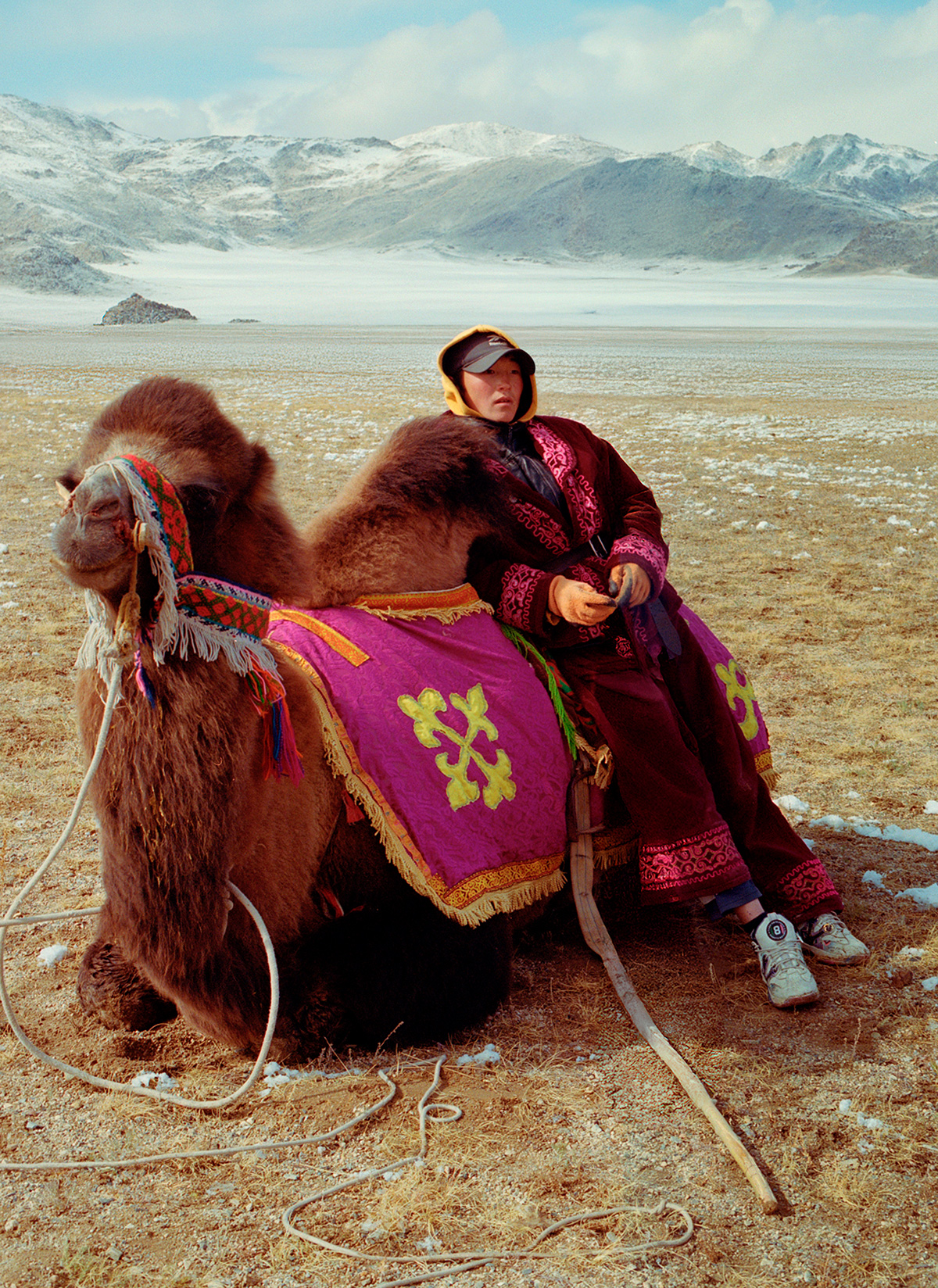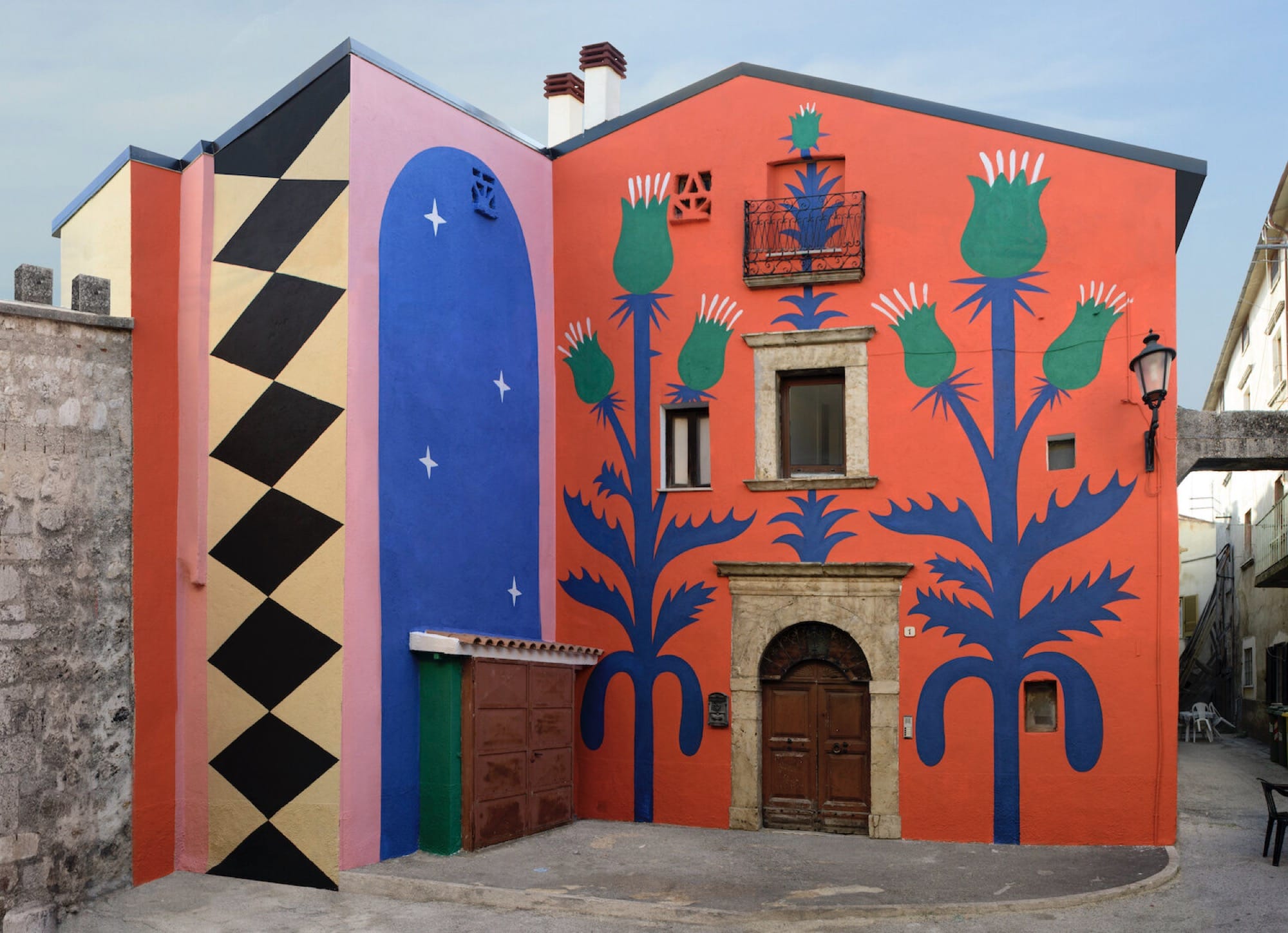A glass mosaic covering 600 square feet of the 2nd Street entrance to the 7 train in Grand Central Station greets commuters with a bold, cosmic map. The work of Sharmistha Ray and Dannielle Tegeder, of the feminist collective Hilma’s Ghost, “Abstract Futures” is a vibrant, three-part portal to transformation.
Named after the visionary artist and mystic Hilma af Klint(1862–1944), the collective formed in 2020 and typically pairs innovative contemporary art practices with spirituality. Their tarot deck has amassed a cult following and shares a name with this new MTA Arts & Design-commissioned project (previously), the group’s first public artwork.

Abstract Futures opens with “The Fool,” a tarot card representing an embrace of new beginnings. Brilliant reds, pinks, and oranges nest together in entrancing, angular forms to invoke courageous, creative intuition at the start of a journey.
In the center is “The Wheel of Fortune,” which is intended to bring this passionate, if not naive, energy back to Earth. Here, grounding greens and browns form a cyclical pattern that reflects a natural rhythm. Concentric orbs and a string of ochre diamonds propel the viewer toward the future.
The last piece in the trio is also the largest, beginning with a celestial blue triangle met by an inverted plane in orange. This pairing draws on “The World,” creating a harmonious, unified relationship between the shadows and wisdom that exist within all of us.
Red, horizontal bars at the far right call on tarot’s suit of wands. Generally associated with fire and primal energy, this final segment symbolizes regeneration and the ability to begin again.

In a statement, the artists say they hope the work inspires a new way of looking at the city:
Abstract Futures is about the connection between people, spaces, and time, and intended to provide a powerful reflection of what New York represents to us all. The city is at once a sprawling metropolis with millions of people but also a dynamic network of interconnectivity. As we make our way through a single day in New York, we connect with so many people from so many walks of life. The density of the mural’s imagery, pattern, and color is a metaphor for the endless diversity of the city that is its heartbeat.
Miotto Mosaic Art Studios fabricated the work, and you can explore Hilma’s Ghost’s collaborative projects on its website. (via Hyperallergic)








